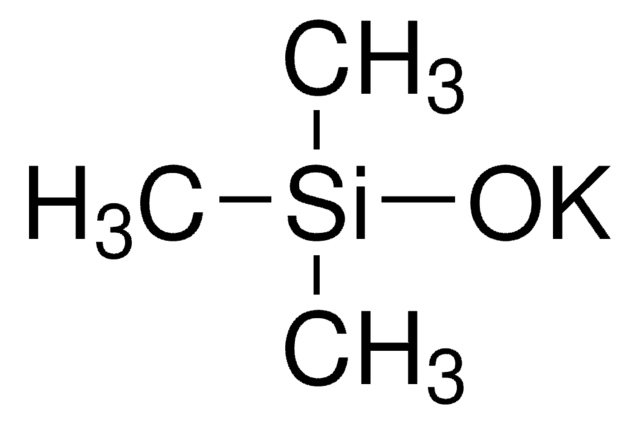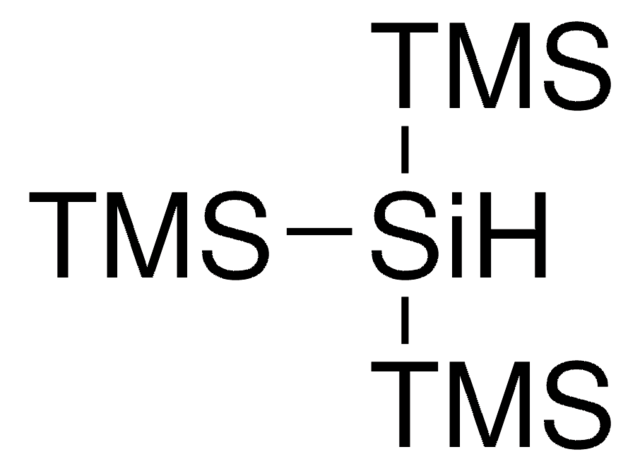697281
Tris(tert-butoxy)silanol
packaged for use in deposition systems
Synonyme(s) :
TBS
About This Item
Produits recommandés
Pureté
≥99.0% (GC)
≥99.998% trace metals basis (ICP)
Forme
solid
Point d'ébullition
205-210 °C (lit.)
Pf
63-65 °C (lit.)
Chaîne SMILES
CC(C)(C)O[Si](O)(OC(C)(C)C)OC(C)(C)C
InChI
1S/C12H28O4Si/c1-10(2,3)14-17(13,15-11(4,5)6)16-12(7,8)9/h13H,1-9H3
Clé InChI
HLDBBQREZCVBMA-UHFFFAOYSA-N
Vous recherchez des produits similaires ? Visite Guide de comparaison des produits
Description générale
Application
Code de la classe de stockage
11 - Combustible Solids
Classe de danger pour l'eau (WGK)
WGK 3
Point d'éclair (°F)
Not applicable
Point d'éclair (°C)
Not applicable
Équipement de protection individuelle
Eyeshields, Gloves, type N95 (US)
Faites votre choix parmi les versions les plus récentes :
Certificats d'analyse (COA)
Vous ne trouvez pas la bonne version ?
Si vous avez besoin d'une version particulière, vous pouvez rechercher un certificat spécifique par le numéro de lot.
Déjà en possession de ce produit ?
Retrouvez la documentation relative aux produits que vous avez récemment achetés dans la Bibliothèque de documents.
Les clients ont également consulté
Articles
Atomic Layer Deposition (ALD) is a coating technology that allows perfectly conformal deposition onto complex 3D surfaces. The reason for this uniform coating lies in the saturative chemisorption of sequential cycles of precursor vapors.
atomic layer deposition (ALD), microelectronics, Mo:Al2O3 films, nanocomposite coating, photovoltaics, semiconductor devices, W:Al2O3 films, composite films, layer-by-layer
Thin film photovoltaic devices have become increasingly important in efficiently harnessing solar energy to meet consumer demand.
Notre équipe de scientifiques dispose d'une expérience dans tous les secteurs de la recherche, notamment en sciences de la vie, science des matériaux, synthèse chimique, chromatographie, analyse et dans de nombreux autres domaines..
Contacter notre Service technique
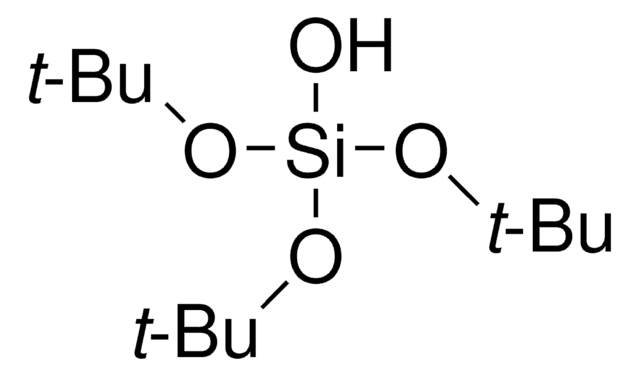

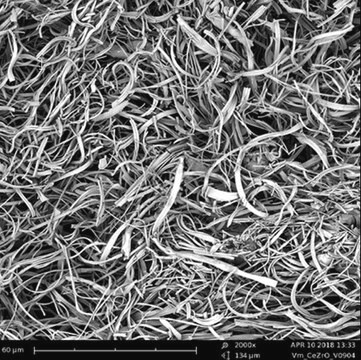
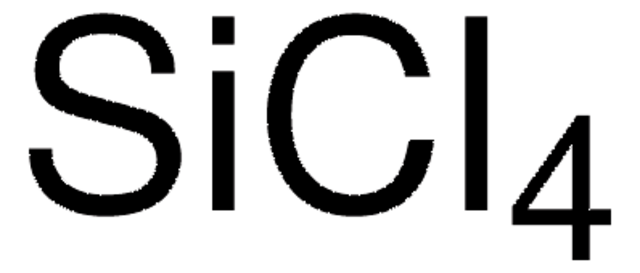

![2,8,9-Trimethyl-2,5,8,9-tetraaza-1-phosphabicyclo[3.3.3]undecane](/deepweb/assets/sigmaaldrich/product/structures/234/439/6e858589-146e-4f1e-968b-a50a4fa4ecf6/640/6e858589-146e-4f1e-968b-a50a4fa4ecf6.png)
